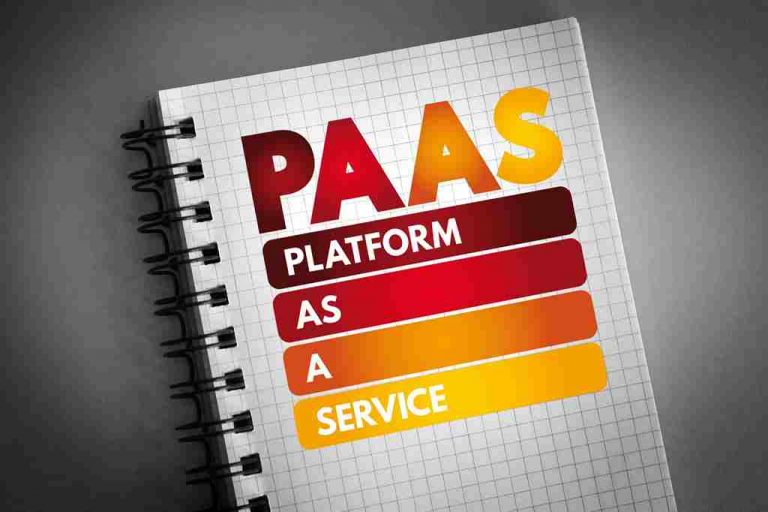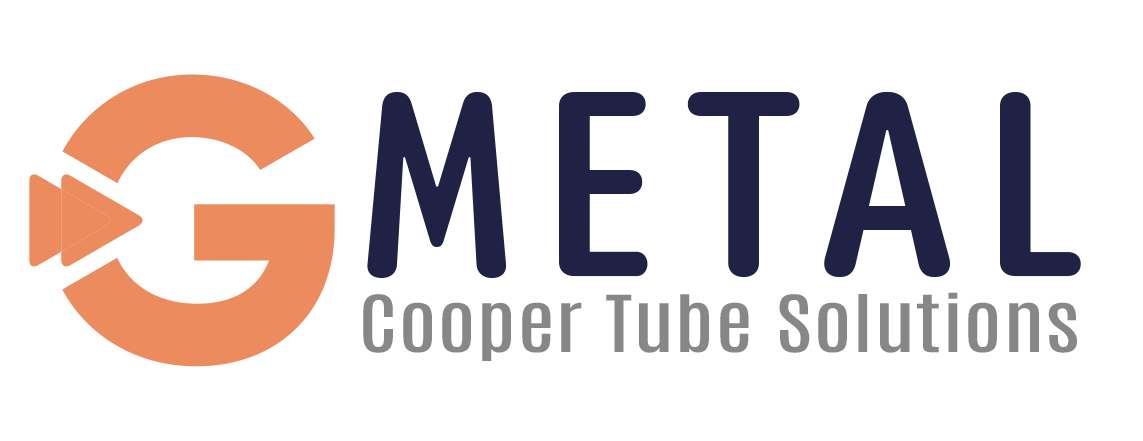What Are The 4 Risk Levels In Danger Management?
When risks are shared, the potential of loss is transferred from the individual to the group. A corporation is a good example of danger sharing—several buyers pool their capital and every solely bears a portion of the risk that the enterprise may fail. If an unexpected occasion catches your group unaware, the influence could be minor, corresponding to a small influence in your overhead costs. In a worst-case situation, though, it might be catastrophic and have critical ramifications, such as a big monetary burden or even the closure of your small business.

It is essential for organizations to have a clear understanding of the 4 risk ranges in danger administration to successfully prioritize and allocate assets to deal with potential risks. By figuring out and categorizing risks based on their probability and potential impact, organizations can develop methods to mitigate or keep away from these dangers altogether. Additionally, regularly risk level definition reviewing and updating risk management plans may help organizations stay prepared for potential risks and minimize their impact on enterprise activities. All companies and traders handle danger, whether or not consciously or not, in the selections they make. At its core, business and investing are about allocating sources and capital to chosen risks.
Threat: What It Means In Investing, How To Measure And Manage It
In Knight’s definition, danger is often defined as quantifiable uncertainty about gains and losses. Investors and companies carry out common “check-ups” or rebalancing to verify their portfolios have a threat degree that’s according to their monetary strategy and goals. It is the chance that an investor might not have the ability to reinvest the money flows obtained from an funding (such as curiosity or dividends) at the same fee of return as the original funding. Reinvestment threat is particularly related for fastened earnings investments like bonds, the place rates of interest might change over time. Investors can manage reinvestment danger by laddering their investments, diversifying their portfolio, or contemplating investments with completely different maturity dates.

A well-designed and applied risk management framework might help to establish and mitigate dangers extra effectively, lowering overall danger levels. On the other hand, a poorly designed or applied framework can lead to elevated threat levels and potential adverse consequences for the organization. Before we dive into the 4 danger levels in danger management, it’s essential to understand the fundamentals of risk management. As mentioned earlier, danger management is the process of figuring out, analyzing, evaluating, and addressing potential dangers in a corporation. This qualitative risk analysis method is used to determine causes and penalties for all potential project dangers.
How To Perform A Threat Evaluation
Investors typically use diversification to handle unsystematic risk by investing in a selection of belongings. Everyone is exposed to some kind of danger each day—whether it’s from driving, walking down the road, investing, capital planning, or something else. An investor’s persona, life-style, and age are a few of the top factors to assume about for individual investment administration and threat purposes. Each investor has a unique danger profile that determines their willingness and skill to face up to risk. In general, as investment risks rise, buyers anticipate larger returns to compensate for taking those dangers. There are five principal risk measures, and every measure provides a singular approach to assess the chance current in investments which may be into account.

Since mortality risks are very small, they are generally converted to micromorts, outlined as a one in 1,000,000 probability of demise, and therefore 1 million occasions higher than the chance of death. In many cases, the danger is dependent upon the time of exposure, and so is expressed as a mortality rate. Health risks, which vary extensively with age, may be expressed as a loss of life expectancy.
Danger Vs Reward
Whenever we take an action, we contemplate and understand the hazards and risks involved but we do not document the process. For example, earlier than jumping over a wall, we would contemplate how probably we are to be injured, how that might impact us and what the unfavorable outcomes could additionally be. Risk assessment is a major management device in guaranteeing the well being and security of staff (and others). What many individuals maybe usually are not conscious of, nevertheless, is that they are really a authorized requirement for employers and self-employed individuals.

Risk management is the process of identifying, assessing and controlling monetary, authorized, strategic and safety risks to an organization’s capital and earnings. These threats, or risks, might stem from all kinds of sources, including monetary uncertainty, legal liabilities, strategic administration errors, accidents and pure disasters. Risk analysis is the method of figuring out and analyzing potential future events which will adversely impression an organization.
We accept funds through credit card, wire switch, Western Union, and (when available) financial institution loan. Some candidates may qualify for scholarships or monetary help, which will be credited against the Program Fee once eligibility is decided. Using knowledge science strategies like machine learning algorithms allows JPMorgan Chase’s leadership not solely to detect and stop cyber attacks however tackle and mitigate threat. By pulling information from current control systems to develop hypothetical eventualities, you probably can discuss and debate strategies’ efficacy earlier than executing them. Had VW maintained more rigorous inside controls to make sure transparency, compliance, and correct oversight of its engineering practices, perhaps it may have detected—or even averted—the scenario. “I suppose one of many challenges firms face is the power to properly identify their risks,” says HBS Professor Eugene Soltes in Strategy Execution.
Dynamic Vs Formal Danger Evaluation
Epidemiology is the examine and analysis of the distribution, patterns and determinants of well being and illness. It is a cornerstone of public well being, and shapes policy selections by figuring out risk components for illness and targets for preventive healthcare. The understanding of threat, the widespread methods of management, the measurements of threat and even the definition of risk differ in numerous apply areas. We all face risks each day—whether we’re driving to work, browsing a 60-foot wave, investing, or managing a business. Time horizon and liquidity of investments is commonly a key issue influencing threat evaluation and risk management.
This requires incorporating boundary systems—explicit statements that define and talk risks to avoid—to ensure inner controls don’t extinguish innovation. This led to extreme consequences, together with regulatory penalties, expensive vehicle recalls, and authorized settlements—all of which resulted in significant financial losses. By 2018, U.S. authorities had extracted $25 billion in fines, penalties, civil damages, and restitution from the corporate. Simplify risk management and compliance with our centralized platform, designed to integrate and automate processes for optimum governance. Anthony Giddens and Ulrich Beck argued that whilst humans have always been subjected to a level of danger – corresponding to natural disasters – these have normally been perceived as produced by non-human forces.
With today’s technology like SafetyCulture’s Training feature, organizations can create and deploy extra tailored-fit packages based mostly on the wants of their workers. Another example of a profitable risk management strategy was the implementation of safety protocols and procedures by NASA through the Apollo 13 mission. When an oxygen tank exploded, the crew’s lives have been in danger, however NASA’s threat administration plan allowed them to soundly return to Earth. On the other hand, a failed threat management strategy was the dearth of oversight and regulation within the monetary business that led to the 2008 world financial crisis. Additionally, technology has made it easier for organizations to communicate and collaborate with stakeholders involved in danger administration. Cloud-based platforms and cell functions allow for real-time sharing of information and updates, making it easier for groups to work together and make knowledgeable decisions.

In this instance, danger analysis can result in higher processes, stronger documentation, extra sturdy internal controls, and danger mitigation. Risk evaluation allows firms to make informed selections and plan for contingencies before dangerous issues occur. Not all dangers could materialize, but it is necessary for a company to understand what may happen so it can at least select to make plans ahead of time to keep away from potential losses. Examples of qualitative threat instruments embody SWOT analysis, trigger and effect diagrams, choice matrix, recreation theory, and so forth. A firm that wishes to measure the impression of a security breach on its servers might use a qualitative danger method to assist put together it for any lost income that will happen from a data breach.
It is a false impression that risk assessments inherently contain an unlimited amount of paperwork. It may be as straight ahead as completing a fundamental danger assessment form for a lot of generic tasks or activities. It may be as straight forward as completing a basic threat evaluation kind for lots of generic duties or actions.
- A qualitative evaluation of an organization might embrace an evaluation of the company’s management, the relationship it has with its vendors, and the public’s notion of the company.
- It was first adopted in 2002 for use in standards.[10] Its complexity displays the issue of satisfying fields that use the term danger, in different methods.
- Risk identification is the method of identifying and assessing threats to an organization, its operations and its workforce.
- Risk measures can be utilized individually or together to perform a danger evaluation.
- The five commonest categories of operational risks are folks danger, course of threat, systems threat, exterior events risk or exterior fraud, and authorized and compliance risk.
Under quantitative risk evaluation, a danger model is built using simulation or deterministic statistics to assign numerical values to risk. Inputs which might be mostly assumptions and random variables are fed right into a threat mannequin. Though there are various varieties of danger evaluation, many have overlapping steps and objectives. Each company can also choose to add or change the steps beneath, however these six steps define the most common process of performing a danger analysis. Although the primary focus of this reading is on institutions, we may even cover risk management because it applies to individuals.
Consider The Risks
The ideas underlying portfolio danger management are typically relevant to the chance management of financial and non-financial institutions as properly. In the early 2000s, the company was primarily known for its DVD-by-mail rental service. With growing competitors from video rental shops, Netflix went against the grain and introduced its streaming service. This changed the market, leading to a booming industry almost a decade later.
Forgetting to review your risk assessment is straightforward, particularly when making an attempt to run a business. Don’t wait till it is too late, set a date to review your risk assessment if you’re conducting it and don’t forget to add the date to your diary. Risk magnitude was additionally underestimated, which resulted in excessive leverage ratios inside subprime portfolios. As a result, the underestimations of incidence and danger magnitude left institutions unable to cover billions of dollars in losses as subprime mortgage values collapsed. According to PwC, eighty three % of companies’ enterprise methods focus on development, regardless of risks and mixed economic signals.
The Delphi technique involves a panel of experts on topics that are crucial to your project threat. It could possibly be monetary experts, legal professionals, project administration consultants or any other sort of professional. This risk analysis method consists of promoting a debate among these consultants who finally need to reach a consensus on a particular matter, corresponding to estimating the business impact of a threat. As said, this can be done subjectively, which could result in error, particularly should you do it by your self as the project supervisor.
Enterprise threat management includes the strategies and processes utilized by organizations to manage risks and seize opportunities associated to the achievement of their aims. Investor psychology performs a big role in risk-taking and funding choices. Individual buyers’ notion of threat, personal experiences, cognitive biases, and emotional reactions can affect their funding selections. Understanding one’s own psychological tendencies and biases might help buyers make more knowledgeable and rational selections about their danger tolerance and investment strategies.
Grow your business, transform and implement technologies based on artificial intelligence. https://www.globalcloudteam.com/ has a staff of experienced AI engineers.


Leave a Reply
Want to join the discussion?Feel free to contribute!